Introduction
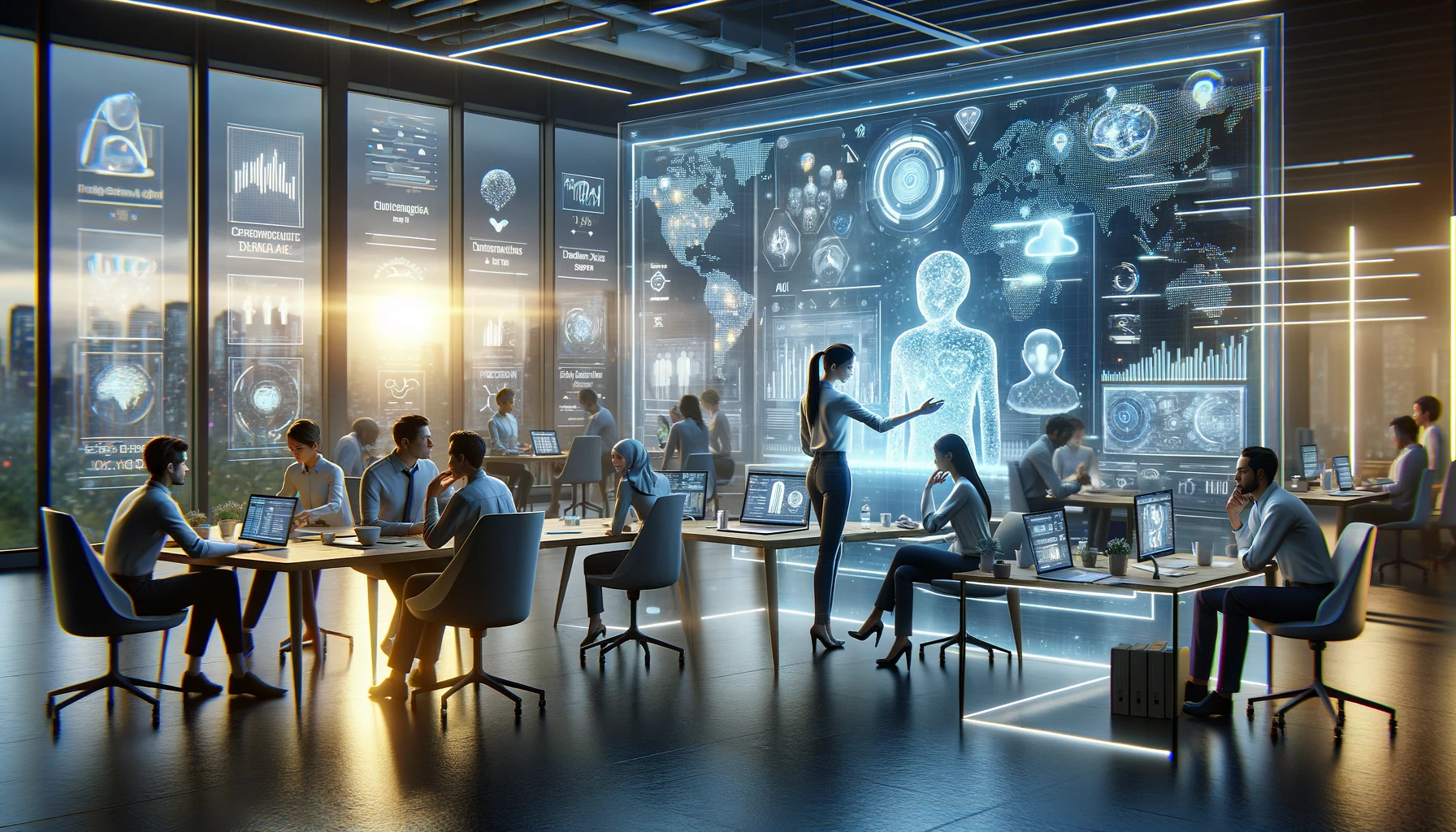
AI is rapidly growing and evolving. In just the past decade alone, capabilities and applications of artificial intelligence have advanced tremendously. AI is now being used across many industries and aspects of our lives, transforming the way we work, communicate, and learn.
With increased adoption, we must consider both the potential benefits and risks this technology presents. While AI has the power to improve efficiency, health, safety and more, it also poses complex technological and ethical challenges we have yet to fully grasp.
As AI capabilities become more sophisticated, this contrast between benefits and risks will only deepen. Evaluating this contrast, and preparing responsibly for an AI future, has become one of the defining challenges of our time. This article explores the capabilities of AI today and projections for the future, analyzing key benefits and risks humanity faces from this rapidly accelerating technology.
The contrast between advantages and disadvantages reveals important insights into how we can maximize benefits and mitigate risks of AI if we plan ahead wisely. By understanding all that AI promises, and all it threatens, we take the first steps toward shaping an AI future that uplifts humanity.
How AI Works
Artificial intelligence (AI) refers to computer systems that are designed to perform tasks that would otherwise require human intelligence. The goal of AI is to create intelligent machines that can perceive, reason, learn, and act on their own.
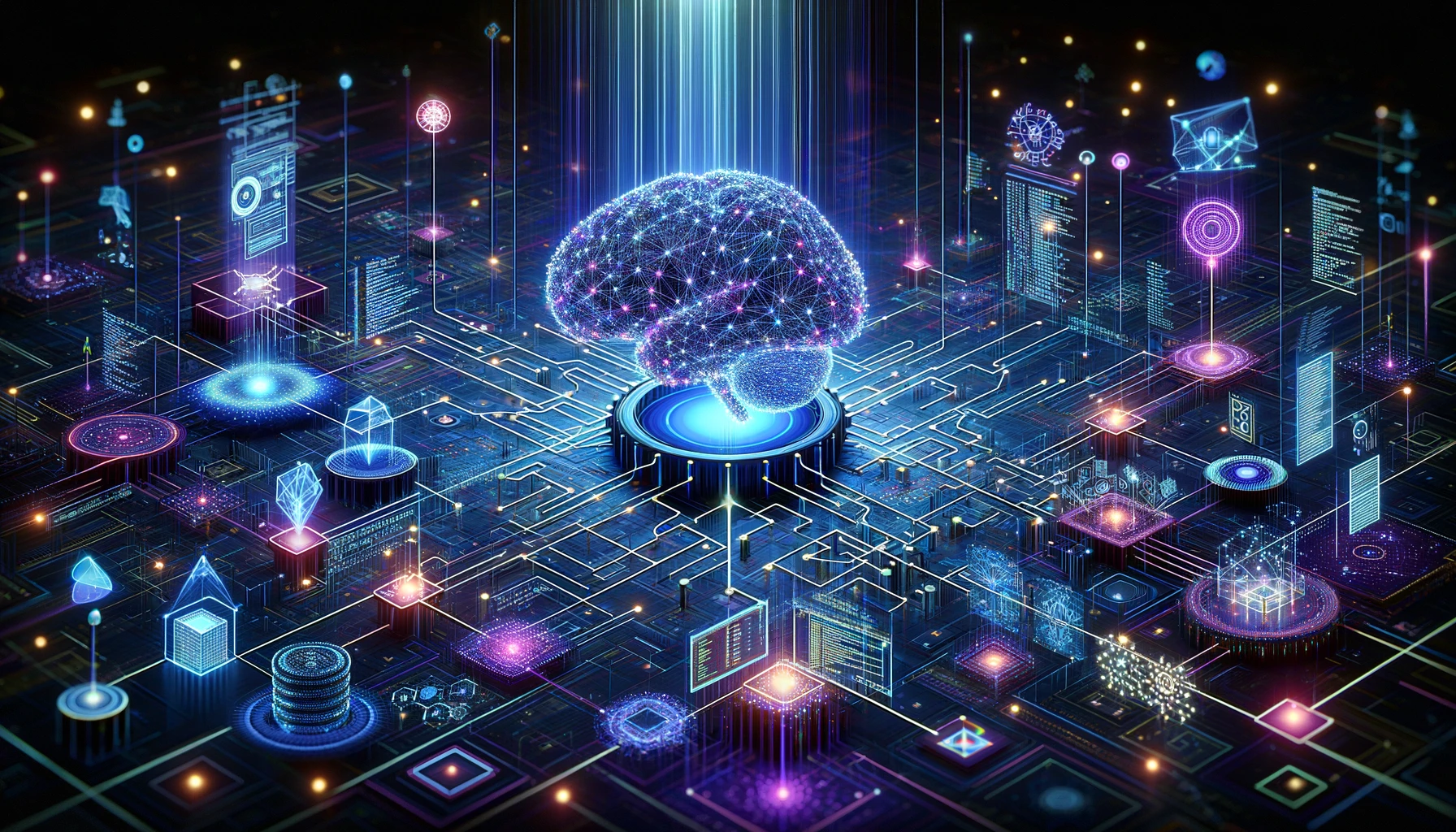
At the core of AI are complex algorithms that enable machines to learn from data and experiences without being explicitly programmed for specific tasks.
There are several approaches to AI:
- Machine learning: Algorithms enable computers to improve at tasks with more data and experiences over time, without reprogramming. Common machine learning techniques include neural networks, deep learning, reinforcement learning, and supervised and unsupervised learning.
- Computer vision: Involves enabling computers to identify and process visual inputs like images and videos. This allows for applications like facial recognition, object detection, image classification, and self-driving vehicles.
- Natural language processing (NLP): Focuses on enabling computers to understand, interpret, and generate human languages. Key NLP applications include language translation, conversational AI like chatbots, text analysis, and speech recognition.
- Robotics: Combines AI software with physical machinery to perform tasks like assembly, delivery, cleaning, surgery and more. AI improves robots’ autonomy, flexibility, and ability to interact with people and environments.

At a high level, AI systems are powered by algorithms capable of learning from data to improve at specific tasks without explicit programming. These include neural networks modeled after the human brain’s architecture. The more quality data that AI systems can train on, the more intelligent their decision-making capabilities become.
Current Uses of AI

Artificial intelligence has seen rapid adoption across nearly every industry in recent years. Here are some of the major ways AI is currently being used:
Finance
- Algorithmic trading: AI programs analyze market data and make trading decisions at speeds much faster than human traders. This accounts for over half of all trading volume on US exchanges.
- Fraud detection: Banks use AI to monitor transactions and identity theft. AI can analyze spending patterns to flag suspicious activity.
- Loan underwriting: AI helps evaluate loan applicants by predicting income, ability to pay back loans, and credit risk. This speeds up loan approvals.
- Personalized banking: Chat-bots and robo-advisors powered by AI give customers 24/7 support for common banking tasks and financial advice.
Healthcare
- Medical diagnosis: AI systems can analyze medical images and patient data to help detect diseases and tumors earlier and with greater accuracy. This assists doctors in making diagnoses.
- Drug discovery: AI speeds up pharmaceutical research and clinical trials by analyzing data to identify promising new drug compounds and targets.
- Virtual nursing assistants: AI chatbots provide patients with information on health conditions, medication, diet, exercise, and more. This increases access to healthcare.
- Predictive analytics: Hospitals use AI to anticipate patient volumes, bed capacity, and resource needs to improve operational efficiency.
Transportation
- Autonomous vehicles: Self-driving cars use AI for navigation, object detection, decision making, and more to perceive the environment without human input.
- Route optimization: AI programs plan efficient routes for delivery and logistics companies, reducing fuel costs and delivery times.
- Predictive maintenance: Sensors on vehicles paired with AI detect early signs of parts failures so maintenance can be scheduled before breakdowns occur.
- Traffic prediction: Analyzing traffic patterns using AI allows navigation apps to plan faster routes and reroute drivers based on real-time conditions.
Benefits of AI
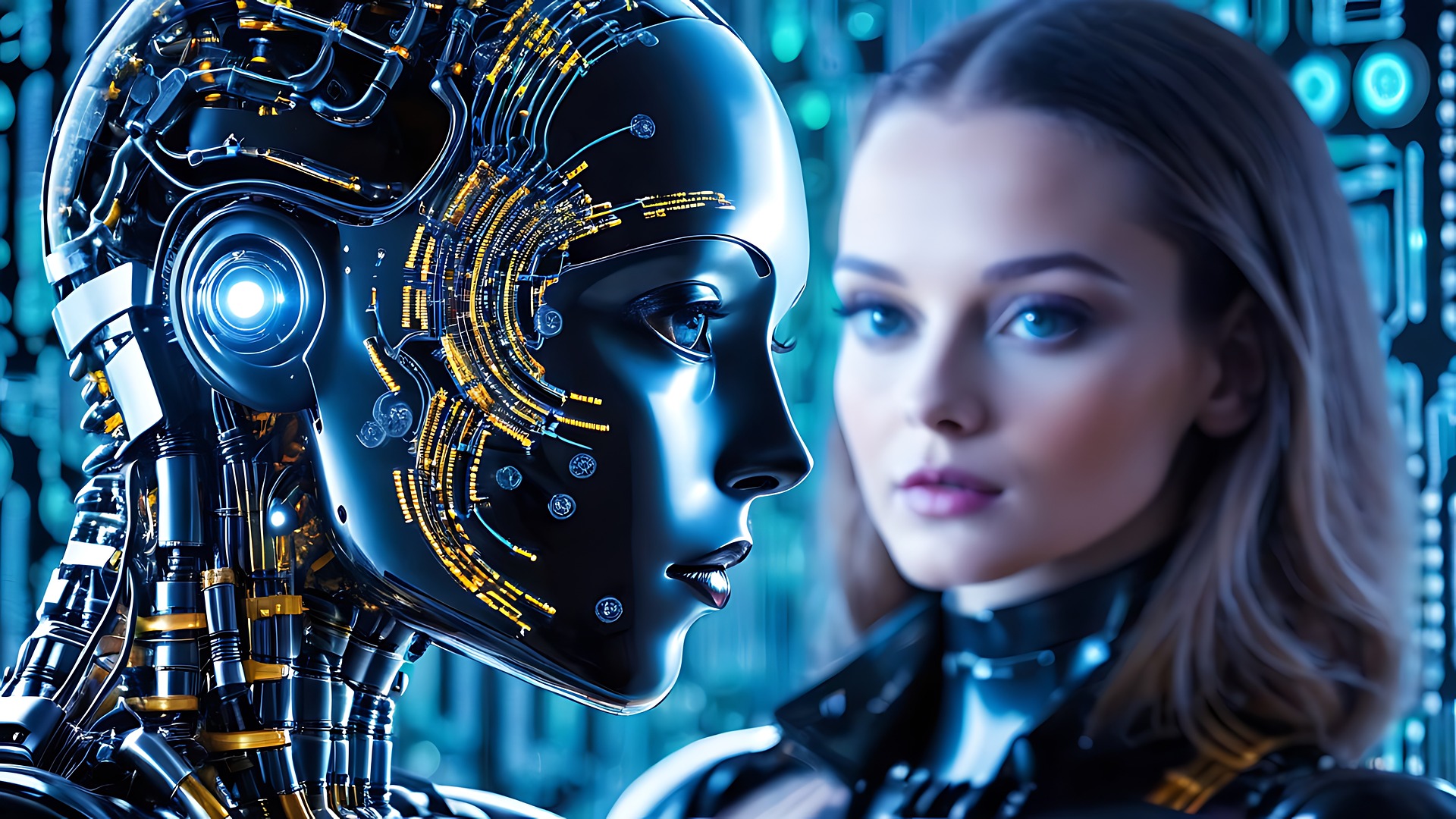
AI has the potential to provide immense benefits across many areas of life and work. Here are some of the key ways AI can improve efficiency, productivity, insight and automation:
Better Efficiency and Productivity
- AI can analyze data and patterns to optimize processes and workflows. This removes guesswork and manual effort, improving productivity.
- AI scheduling tools can create optimal employee schedules while considering multiple constraints. This saves time and improves operations.
- AI chatbots and virtual assistants can handle common customer service queries, freeing up human agents for complex issues. This increases customer satisfaction at lower costs.
Enhanced Insights and Decision-Making
- The ability of AI systems to rapidly analyze huge datasets reveals insights that would be impossible for humans alone.
- Doctors can utilize AI image recognition to help detect cancer and other conditions earlier and more accurately. Finance firms use AI to detect fraud, analyze investments, and manage portfolios.
- With access to more insights, organizations and professionals can make smarter, more informed decisions.
Increased Automation
- AI automation can perform repetitive, routine tasks without human intervention across many industries.
- Manufacturing uses AI robotics on assembly lines for faster, more precise production. Warehouses employ AI systems to automate stocking, picking and packing.
- Autonomous vehicles and drones are disrupting delivery and transportation. AI assistants even automate scheduling meetings and other administrative tasks.
- By automating mundane work, AI enables humans to focus on more meaningful, strategic roles. This increases job satisfaction and creativity.
More Personalized Experiences
- AI excels at customizing experiences by learning individuals’ preferences.
- Streaming services use AI to recommend movies and songs based on viewing history and likes.
- Shopping sites provide tailored suggestions to enhance customer satisfaction. Banks can offer financial advice adapted to each client’s needs.
- With AI, services and interactions can be more anticipatory, relevant and human-centric.
Risks and Challenges of AI
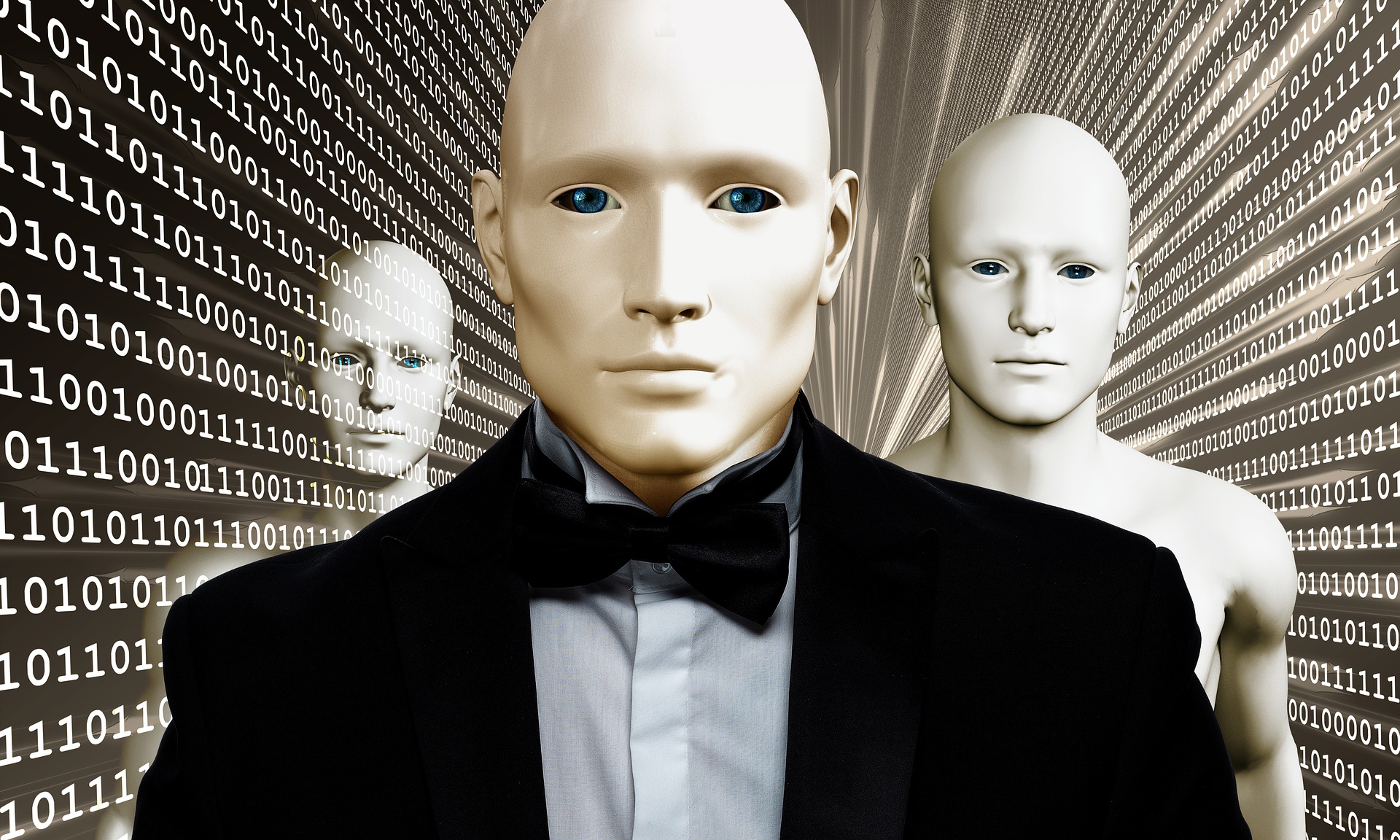
AI has tremendous promise, but it also comes with considerable risks and challenges that need to be considered as the technology advances. Some of the main risks and challenges of AI include:
- #1 Job Loss: One major concern is that as AI systems become more capable, they may displace large numbers of workers. Machine learning algorithms are already automating tasks and jobs previously done by people. As technology improves, some estimate that up to 50% of jobs worldwide could be at risk of automation in the coming decades. This job displacement could exacerbate economic inequality if job growth in new industries does not keep pace with job loss. Policymakers will need to find solutions to potential large-scale unemployment from AI automation.
- #2 Algorithmic Bias: AI systems rely on data that is input by humans. As a result, the algorithms can amplify and exacerbate existing biases if the training data itself contains biases or lacks diversity. For example, facial recognition algorithms have demonstrated racial and gender bias because they were trained on datasets lacking diversity. Algorithms used to make decisions in areas like hiring, criminal justice, and lending could negatively impact certain groups if biases are not addressed. More transparency and diversity in training data is needed to tackle this issue.
- #3 Lack of Transparency: The decisions and predictions made by AI systems are not always explainable or transparent, especially with techniques like deep learning. Not understanding how or why an algorithm made a certain decision can be problematic when AI is used in sensitive domains like healthcare and law. Providing more transparency into AI systems, while also maintaining intellectual property rights, is an area requiring further research and policy guidance.
- #4 Reliance on Data: AI needs massive amounts of quality, unbiased data to function properly. However, issues around data bias, privacy, security, ownership, and governance present challenges in building robust AI systems. As companies and governments collect more data for training AI, protecting personal data and providing full transparency will require ongoing diligence.
The Future of AI

The capabilities of artificial intelligence are advancing at an incredible rate. Here are some predictions and possibilities for how AI will continue to evolve and integrate into our daily lives:
More Advanced Machine Learning and Neural Networks
Connecting AI Systems Together
Smarter Algorithms and Chipsets
Advances in Robotics
Integrating AI into Daily Life
Preparing for an AI Future
As AI continues to advance, there are several ways that industries, governments, and societies as a whole can prepare for an AI future:
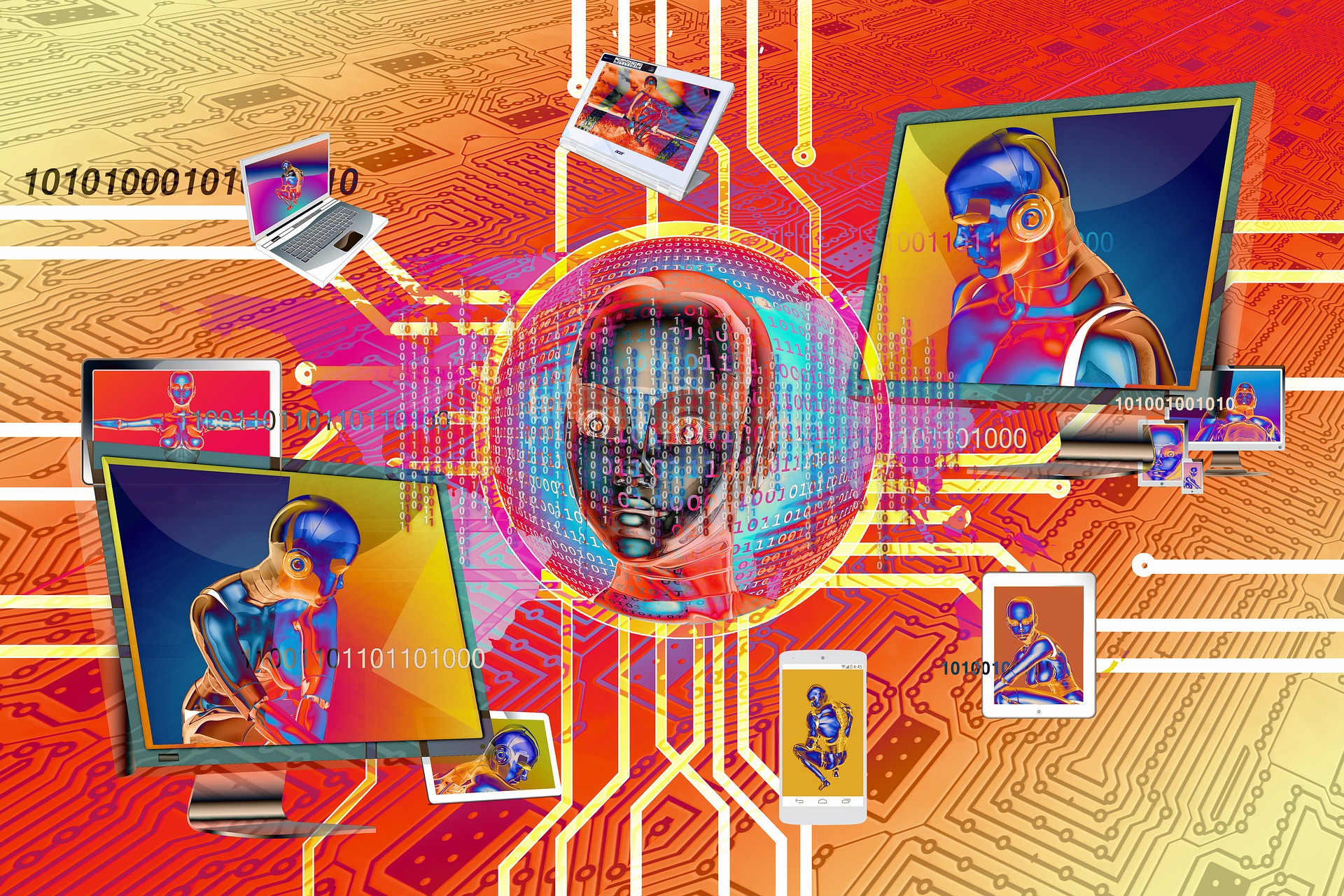
2. Provide training and reskilling programs for workers whose jobs may be automated by AI. This will help transition the workforce into new roles.
3. Promote STEM education, particularly computer science, to develop an AI talent pipeline. A strong talent pool will be essential for researching, developing and implementing AI responsibly.
2. Implement robust testing, validation and auditing methods for AI systems, especially in high-risk sectors like healthcare, transportation and finance. This can identify potential biases or errors.
3. Enact laws around accountability and transparency for AI systems. Companies deploying AI should be responsible for mitigating risks.
2. Encourage diversity and inclusivity in the teams building AI systems. This can reduce harmful bias in datasets and algorithms.
3. Create mechanisms for ongoing monitoring and auditing of real-world societal impacts from AI systems. We must ensure AI promotes human well-being.
4. Develop consistent values-based methodologies for teaching AI systems ethics and aligning them with human norms. This will lead to more trustworthy AI.
Benefits vs Risks
Weighing the pros and cons of AI is critical as this technology continues to advance rapidly. There are valid arguments on both sides of the AI debate.
On the benefits side, AI has the potential to dramatically improve healthcare, transportation, education, science, and many other fields. AI systems can analyze data faster and more accurately than humans in some cases, leading to discoveries and innovations not previously possible. Automation of routine tasks through AI could free up humans to be more creative and pursue higher-level thinking. AI assistants like Siri and Alexa already help streamline our daily lives. Self-driving vehicle technology can reduce traffic accidents caused by human error.

However, the risks posed by AI also need to be taken seriously. The most concerning risk is that AI could become uncontrollable and dangerous if given too much autonomy too quickly. Controls need to be in place to prevent unintended harm. AI may disrupt entire industries and eliminate jobs, exacerbating economic inequality. Use of AI for nefarious purposes like disinformation campaigns or autonomous weapons is also worrisome. There are valid concerns around data privacy, algorithmic bias, and dehumanization as well.
On balance, the tremendous good AI can do likely outweighs the risks as long as it is developed thoughtfully with ethics, oversight, and security in mind. The key is proactive management of AI technology to maximize benefits while minimizing harms. With responsible leadership, AI can be a transformative technology that enhances our world.
Conclusions
In summary, AI promises many potential benefits for society, yet also presents risks and challenges we must proactively address. AI has the potential to transform medicine, transportation, media, education and many other sectors in revolutionary ways. However, there are valid concerns around the future of work, algorithmic bias, privacy issues, and the existential risk of superintelligent AI.
The future of AI looks bright, yet preparation and wise governance is key. With prudent policies and frameworks that maximize the upside of AI while mitigating the downsides, we can steer towards an optimistic AI-enabled future. More research and open discussions around ethics, standards, and regulations will help ensure AI systems align with shared human values.
As individuals, we must adapt to the coming AI revolution through lifelong education and skills development. As a society, we need to shape an AI-powered world that benefits all people, not just a privileged few. Though there are obstacles ahead, with openness, collaboration and human ingenuity, we can create a future with AI that reflects our universal hopes for peace, justice, empowerment and prosperity.
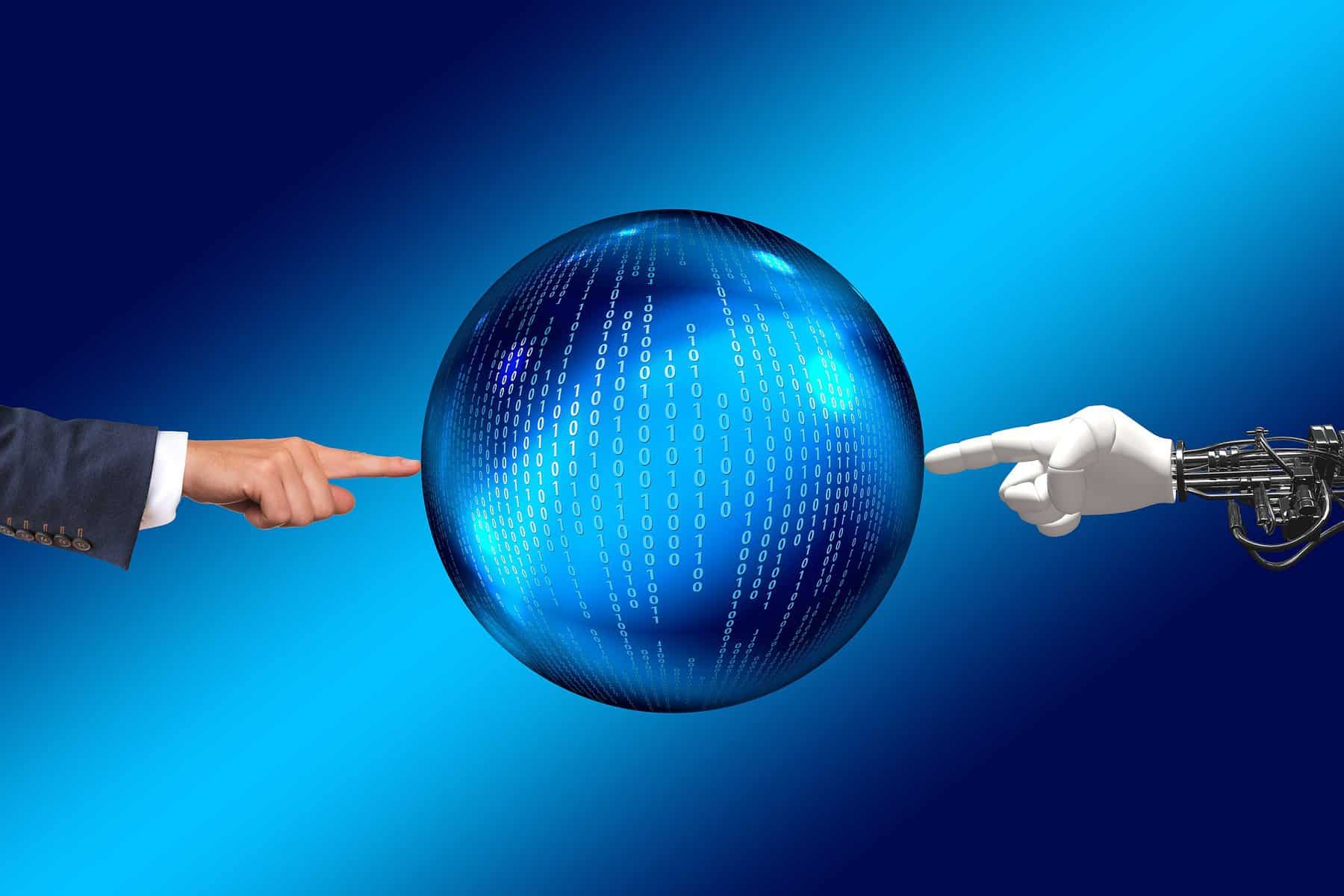
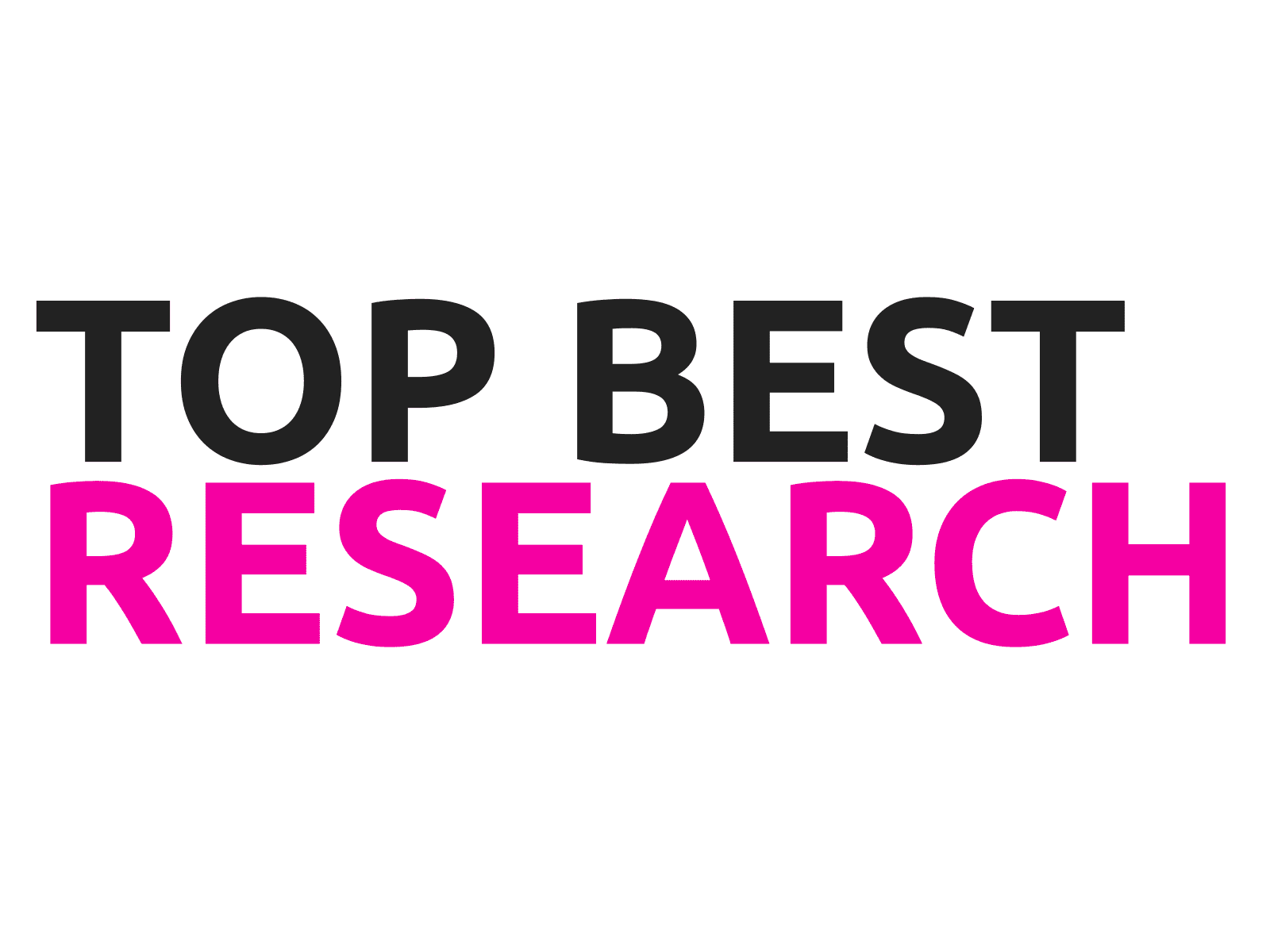





Nice to read
Like it